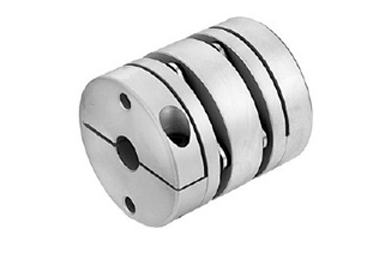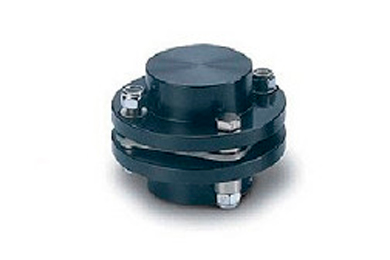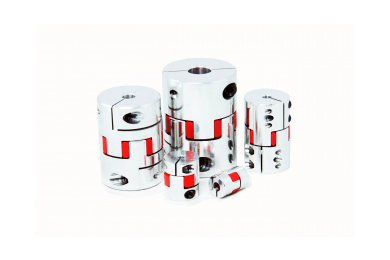Coupling
Coupling is a mechanism device, connecting transmission between two shafts and transmitting safety torque.
Coupling divided into “Flexible type” and “Rigidity type”.
To apply flexible couplings timing in case of power transmission, two shafts are not easy to set in alignment, or to simplify two shafts installation. It contains shock buffer to absorb parallelism, deflection, axial displacement, deviation improvement, and improvement of traditional transmission power, so few deviation would not cause any unusual situation on bearing. It is widely applied to current markets.
Rigidity coupling is a unit causing non-eccentric, non-deflection, and make two connected shafts fixed in one unit. Users must do the best to have motor running and axis of load in alignment due to high requirement of concentricity, also means of axis has to be calibrated strictly; otherwise, the rotating shaft would be broken caused by mechanism fatigue, also the bearing would be thermal abrasion due to eccentric load, those were brought by continuous vibration of the axis during long term running of the motor. The advantage of rigidity couplings is to transmit transmission torque precisely.




